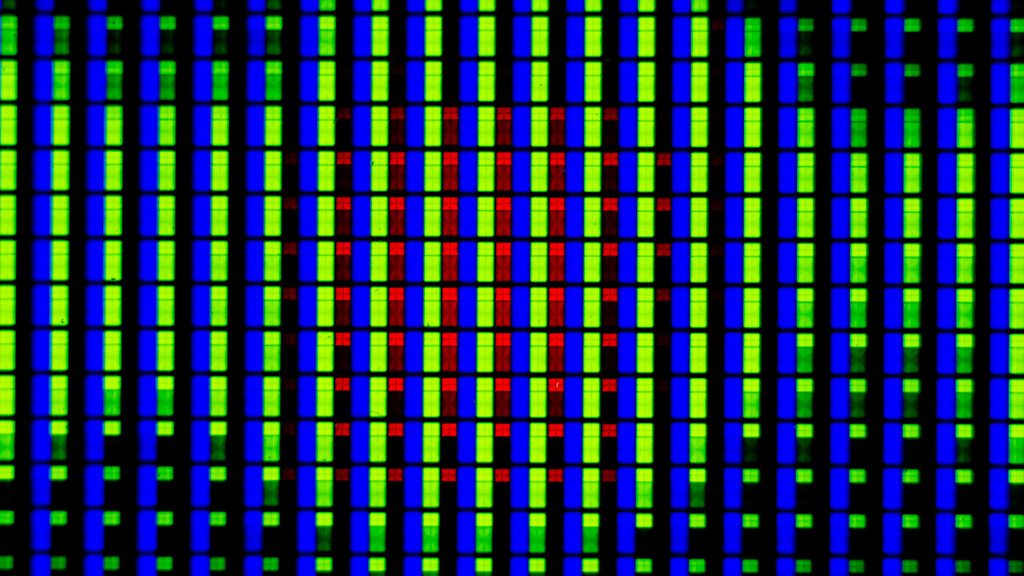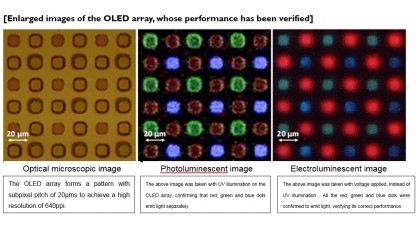This could be the big OLED breakthrough we've been waiting for
Fancy an 8K phone?

Hands up all those with an OLED TV in their homes?
Despite the fact LG's latest UHD OLEDs are genuinely stunning from an image quality point of view, at £6,000 we'd argue very few of us are likely to get our eyes on one in our own homes.
But a joint venture by Fujifilm and nano-electronics research institute, imec, might well have turned up a more cost-effective method of producing high-resolution, big-screen OLED displays. This pairing produced photoresist technology for organic semiconductors back in 2013 and they have recently demoed full-colour OLEDs using that photoresist tech.
It's a different method of producing OLED displays compared with Samsung's Full Metal Masking (FMM) tech and LG's white OLED (WOLED) with colour filters. The research is most encouraging though because it uses an OLED patterning setup that uses standard lithography tools in its manufacture.
This ought to make for a very cost-effective solution for large screens.
But it's not just about the price, imec is certain it can use this photoresist technology to produce OLED displays with far greater pixel density and resolution than the current tech.
For today's TVs you need around 200 pixels per inch (ppi) for a UHD television and 500ppi for a full HD mobile screen. Even in this research phase of Fujifilm and imec's development they have managed to create an OLED array of 640ppi and have a bead on hitting 1000ppi.
Get daily insight, inspiration and deals in your inbox
Sign up for breaking news, reviews, opinion, top tech deals, and more.
"Fujifilm's photoresists allow feature sizes in the submicron range (0.45 um lines/spaces demonstrated for photoresist)," Pawel Malinowski, researcher at imec, explained to us. "So in principle you can envision even 8K resolution in smartphones (15 um full pixel pitch needed for a 5.5 inch display)."

There are other advantages over the WOLED tech LG is currently using.
"For WOLED, the disadvantage is that you lose quite some power due to the usage of colour filters, which can mean that you have to use more power and therefore you might decrease lifetime," explains Malinowski. " In LG's solution, normally an additional white pixel is used next to RGB pixels to improve the brightness. Our solution produces separate red, green and blue pixels with resolution that can easily exceed 1000 ppi."
We are though still in the early stages of this tech, but with the proof-of-concept 640ppi OLED arrays up and running the results are certainly promising.